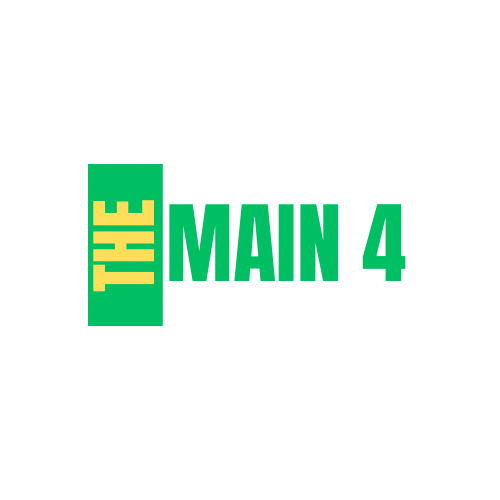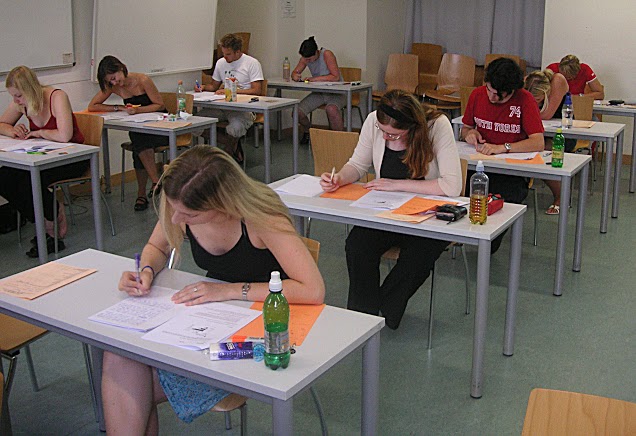President Obama suggests limits to standardized testing
On October 24, via a video uploaded to The White House Facebook page, President Obama proposed reforming the current amount of standardized tests students are taking. He began by posing a question to parents and teachers: “If our kids had more free time at school, what would you want them to do with it?” Four options are given, including learning a language, learning an instrument, learning how to code HTML, or taking standardized tests. After stating that parents would not choose to subject their children to more standardized tests than necessary, Obama introduces his plan to limit testing.
“Students are sometimes tested too much. There’s a greater emphasis on the numbers or grade rather than learning,” math teacher Ms. Karen Lessnau says.
One of Obama’s major problems with the current emphasis on testing is that teachers often become so focused on teaching to a test that joy is taken out of teaching and learning.
“I definitely think teaching toward a test can interfere with students’ learning,” senior Emily Lesniak says. “When you’re worrying about one standardized test and taking practice tests, you aren’t focusing on your actual schoolwork.”
Obama has asked the Department of Education to ensure that students are only taking tests that are worth taking and don’t take up too much classroom time. The aim is to make each standardized test more purposeful, so that the overall number of tests can be reduced.
“A lot of standardized tests cover the same information,” Lesniak says. “I think it would be fine to only have one or two a year.”
In addition to test preparation consuming class time, standardized tests are clearly taking a toll on the well-being of students. Of course, tests such as the ACT and SAT are usually necessary for admission to college. The thought of one test being a factor in their future understandably has been a source of stress for many students, in addition to stress from state-mandated tests. Reducing test time could cut down on the pressure these students face.
“I think all of my friends were really stressed during testing season,” Lesniak says.
Obama did not suggest that testing isn’t important, however. Standardized testing is a familiar, straightforward method of assessment, and in moderation will still be utilized to evaluate the progress of students.
“Standardized tests are very objective. This is positive in the sense that you can get something right or wrong, whereas more subjective methods leave more room for the student to get something wrong or the teacher to misinterpret what the student is trying to convey,” senior Jenna Berry says.
“Other ways [of evaluating students] are really time consuming,” Ms. Lessnau says.
The Obama administration’s plan is to consider test scores, but keep them out of the spotlight. The third standard that Obama proposed is to only use tests in addition to other class work and surveys to evaluate the progress students and teachers are making. This may be good news for students who feel that the stress accompanying test-taking influences their performance.
“I don’t think it’s [standardized testing] an accurate representation of the intelligence of the average person taking it, and therefore it could never accurately represent an entire student body,” Berry says.
To back up his proposal in the video, Obama and his administration put forth the Testing Action Plan, which outlines the principles in the video in more detail. In the plan, the Department of Education recommends to the states a cap on the percentage of instruction time used for standardized testing: two percent.
While the effects of these propositions are yet to be seen, future Howell High students may be less acquainted with the No. 2 pencil than present students, and in a few years teachers may have more flexibility to avoid teaching to a test.
“It’s necessary to test, but focusing too much on them can make people lose sight of what’s important,” Ms. Lessnau says.







